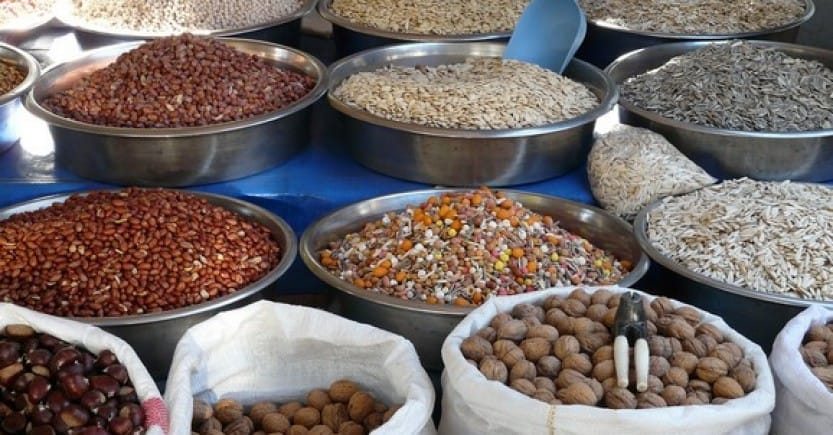12 Grain Options to Consider for a Rotation Diet
One of the biggest challenges of a rotation diet is finding alternatives to common items such as wheat and rice.
Amaranth is related to pigweed and careless weed, common inhalant allergens. Patients with pollen sensitivities to [these plants] may sensitize easily to amaranth. It is available both as seed and as flour. Amaranth is not in a family with other foods and can be assigned to any rotation day.
Barley flour is an excellent substitute for wheat. The taste is similar, but the texture when used in baked goods is heavier and more moist than wheat; the texture and flavor are identical to that of wheat when used as breading for fried food.
Buckwheat is a grain that is high in B-vitamins and can be ground into flour for use in baking. Roasted buckwheat flour has a strong flavor and needs to be used with other flours. Unroasted buckwheat flour is milder and can be used alone. Buckwheat groats, also known as kasha, can be purchased unroasted (white) or roasted (brown). Roasted buckwheat makes a good hot cereal. Buckwheat is very allergenic, so be careful not to overuse it.
Corn is sold in three varieties: yellow, blue, and white. Yellow cornmeal is more nutritious than white. Blue corn is available in some areas of the country and some corn-allergic individuals can tolerate it. Corn flour is called masa.
Kainut is a member of the wheat family, and is grown organically and unhybridized only in Montana. About 70% of wheat-allergic people can eat kamut with no symptoms.
Millet is referred to as “poor man’s rice” and is not as flavorful. It’s a well balanced, low-gluten protein. It makes a good hot cereal and can be added to baked goods; does not stick together well for waffles and some baked items.
Oat flour is a good, surprisingly sweet flour for baking, but is heavier than wheat (sifting helps). Oat groats can be used in cookies, cereals, and breads. Whole groats are good for using in soups instead of barley.
Quinoa is very nutritious and high in protein, with an amino acid content similar to whole milk. Appearance is like sesame seeds, but when cooked it become translucent with a white band around the middle. The grain is covered by a bitter film that must be washed off before using. The larger, white quinoa has a lighter, sweeter taste.
Rye can be sprouted, flaked, or ground into grits and flour. Rye has a mild taste. Baked bread from rye flour does not rise as high as wheat breads because rye contains less gluten.
Spelt is an ancient wheat, and an ancestor to our modernized wheat. Yet, many wheat-allergic people can eat spelt with no symptoms. Spelt can be substituted for wheat in most recipes. Sift for a lighter product.
Teff is a gluten-free grain that is extremely high in protein. It can be cooked as a hot cereal or ground into flour for baking. It is labor-intensive to harvest due to its small size. The ivory grain has a milder flavor than the brown.
Triticale is a fairly new grain variety and is a cross between two types of wheat and rye. It is slightly higher in protein than some other grains and has a better balance of amino acids than most. Can be sprouted, cooked whole, or flaked for use in cereals, casseroles, and baked goods. Contains gluten.
Adapted with permission from Rotation Isn’t Just for Tires!



